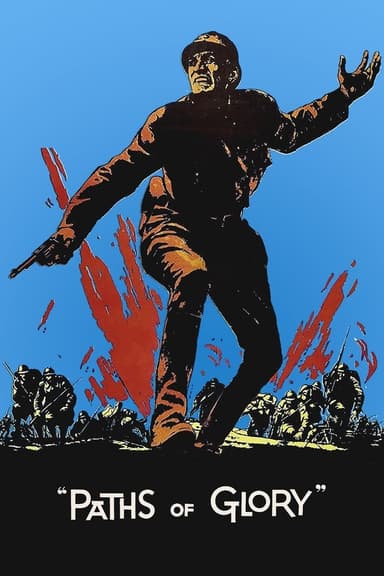
A Midnight Clear
1992 • Drama, History, War
In 1944 France, an American Intelligence Squad locates a German Platoon wishing to surrender rather than die in Germany's final war offensive. The two groups of men, isolated from the war at present, put aside their differences and spend Christmas together before the surrender plan turns bad and both sides are forced to fight the other.
Runtime: 1h 48m
Why you should read the novel
Discover the powerful storytelling of William Wharton by reading the original novel, A Midnight Clear. While the film offers a moving adaptation, the source material delves much deeper into the psychological complexities and emotional depth of each character. It offers rich, nuanced inner perspectives and poignant details that bring the wartime experience to life in ways only a great novel can. If you want to truly understand the hopes, fears, and intricate bonds between the soldiers, pick up the book and immerse yourself in Wharton's authentic narrative voice. The novel also provides a more nuanced exploration of moral uncertainty and the true costs of conflict. Before you watch (or rewatch) the film, experience the full impact of A Midnight Clear as William Wharton intended—through his beautifully crafted words and vivid storytelling.
Adaptation differences
One of the major differences between the movie A Midnight Clear and William Wharton’s novel lies in character development and depth. The book provides greater insight into the psychological states of the soldiers, offering more backstory and internal monologue than the film adaptation. This allows readers to form a deeper emotional connection with the characters, understanding their motivations and fears on a much more intimate level. In contrast, the movie has limited time to explore each character, resulting in some personalities feeling less developed or altered for cinematic purposes. Another significant variance is the treatment of crucial plot points and events. While the film stays largely faithful to the novel’s core storyline, it alters certain scenes to heighten dramatic tension or fit the pacing requirements of cinema. Some details are condensed or changed altogether, including the way specific interactions with German soldiers unfold and how key moments of conflict and tragedy are depicted. Readers of the novel will notice subtler, more drawn-out emotional exchanges and a different tone in several pivotal sequences. The novel’s ending also diverges from the movie’s conclusion in tone and resolution. William Wharton’s book closes with a more ambiguous, thought-provoking perspective on loss and survival, reflecting the fog of war and its lifelong repercussions. The film offers a more visually concrete conclusion, which may resolve some narrative threads more neatly than the ambiguity present in the source material. This contrast makes reading the novel a richer experience for those who appreciate nuanced storytelling. Finally, the book dives deeper into the broader themes of camaraderie, pacifism, and the senselessness of war. Through internal narrative and additional subplots, William Wharton’s storytelling addresses philosophical questions about morality and the human condition in a war zone. The movie, though impactful, naturally compresses some of these explorations, making the novel an essential read for anyone seeking a fuller understanding of the story’s true depth and emotional resonance.
A Midnight Clear inspired from
A Midnight Clear
by William Wharton











